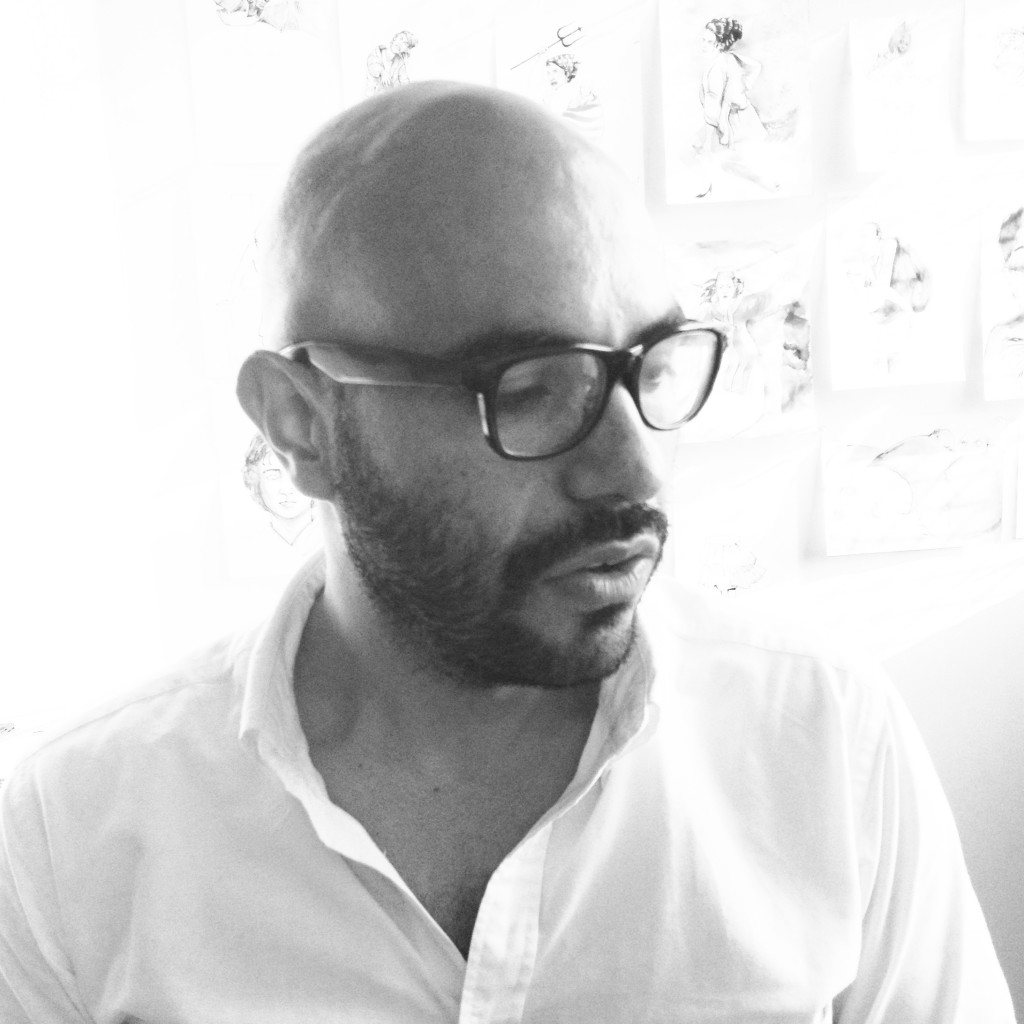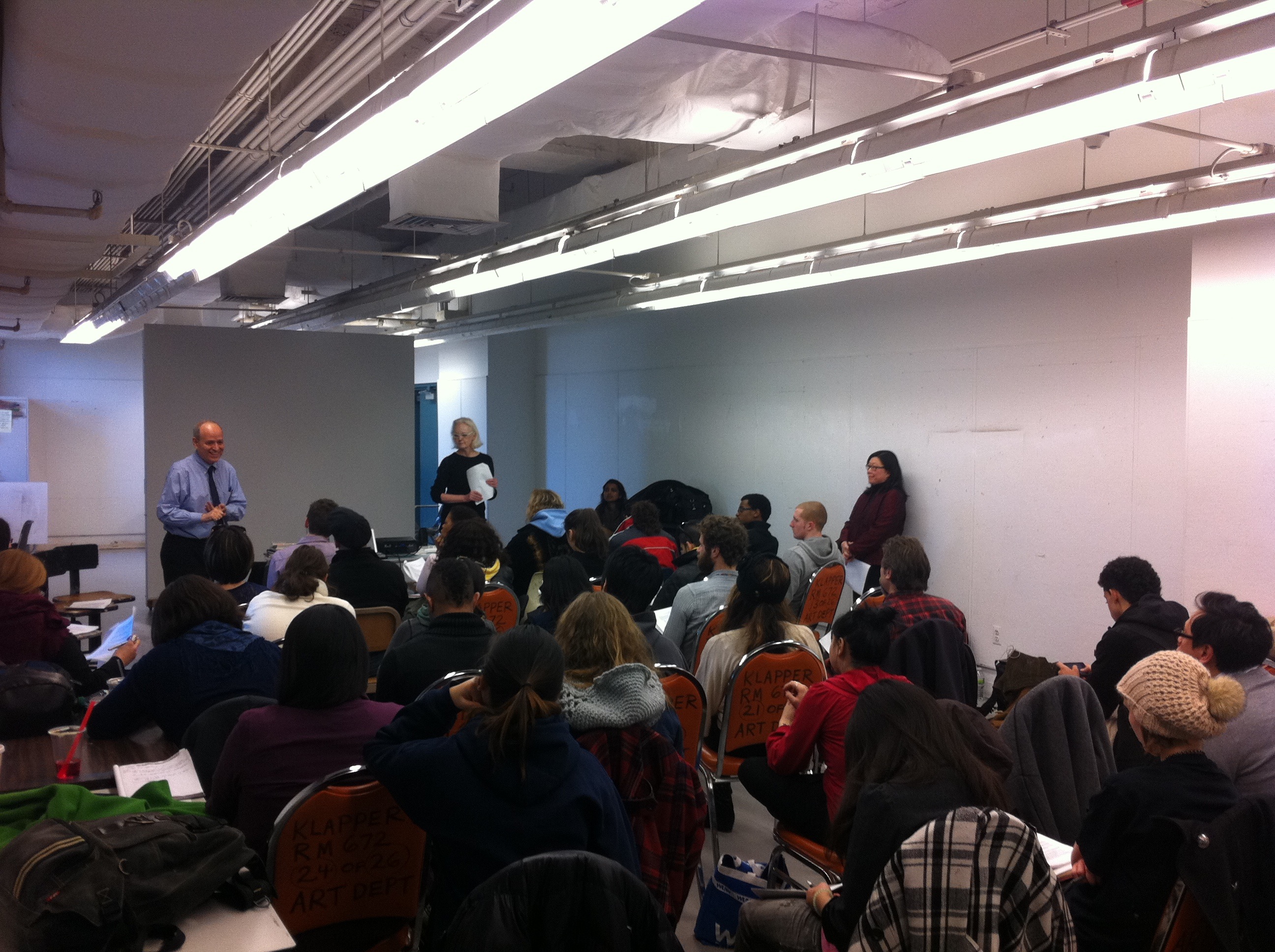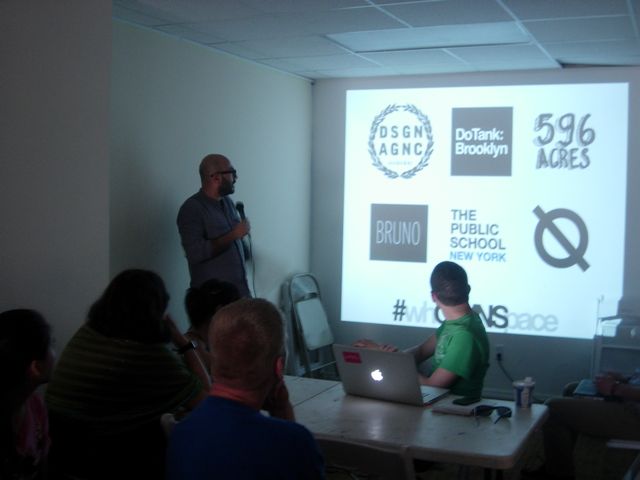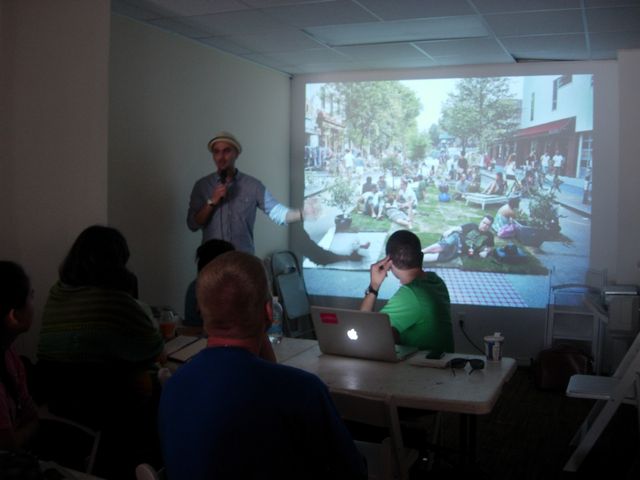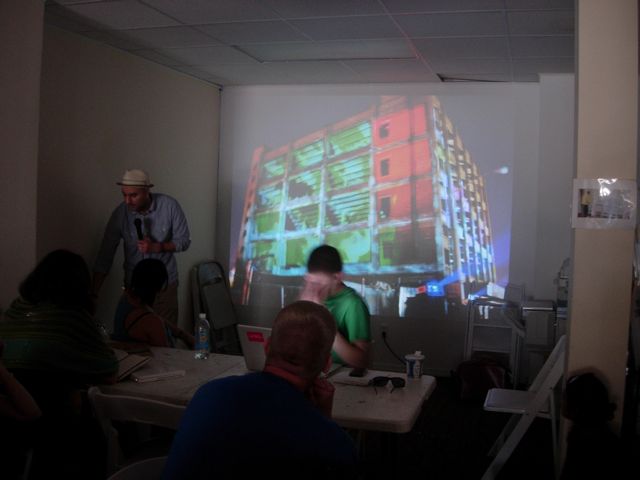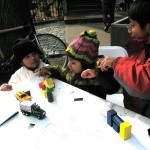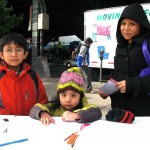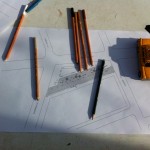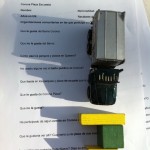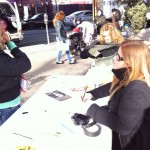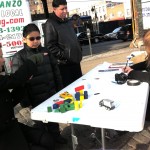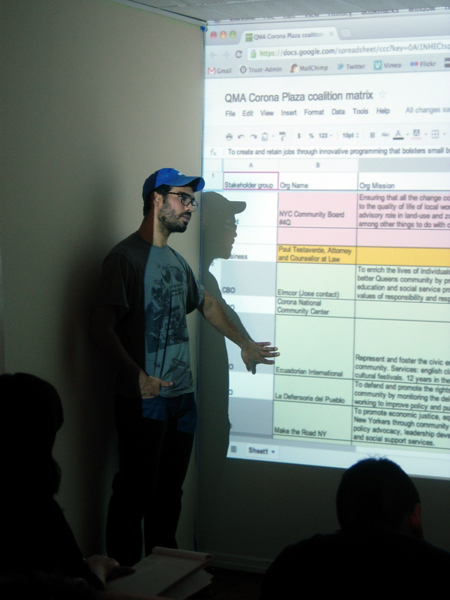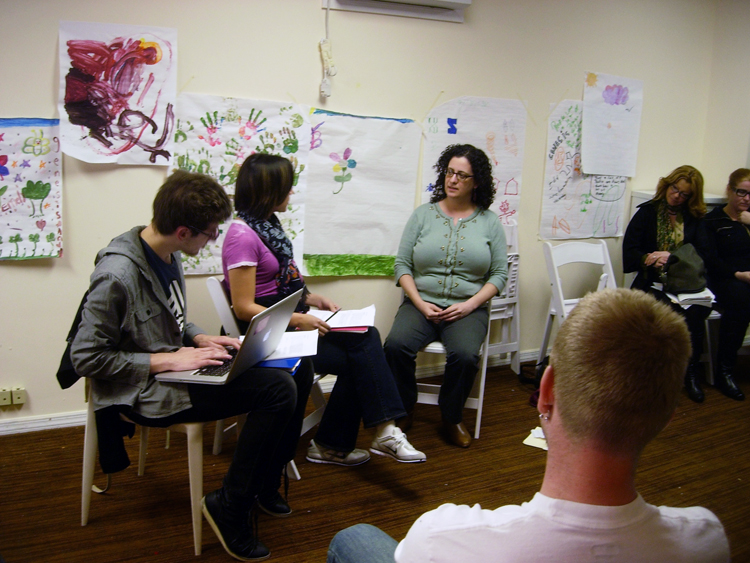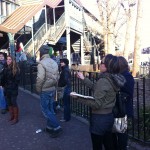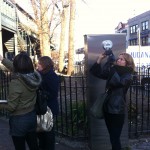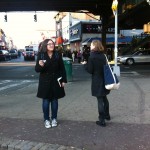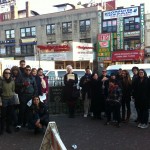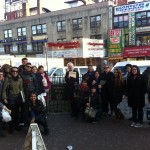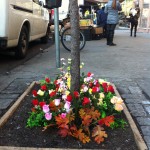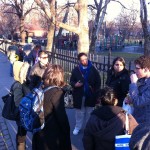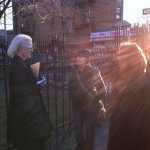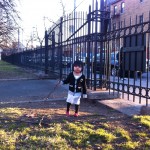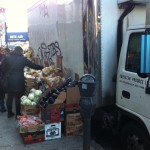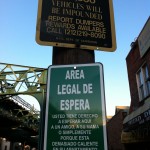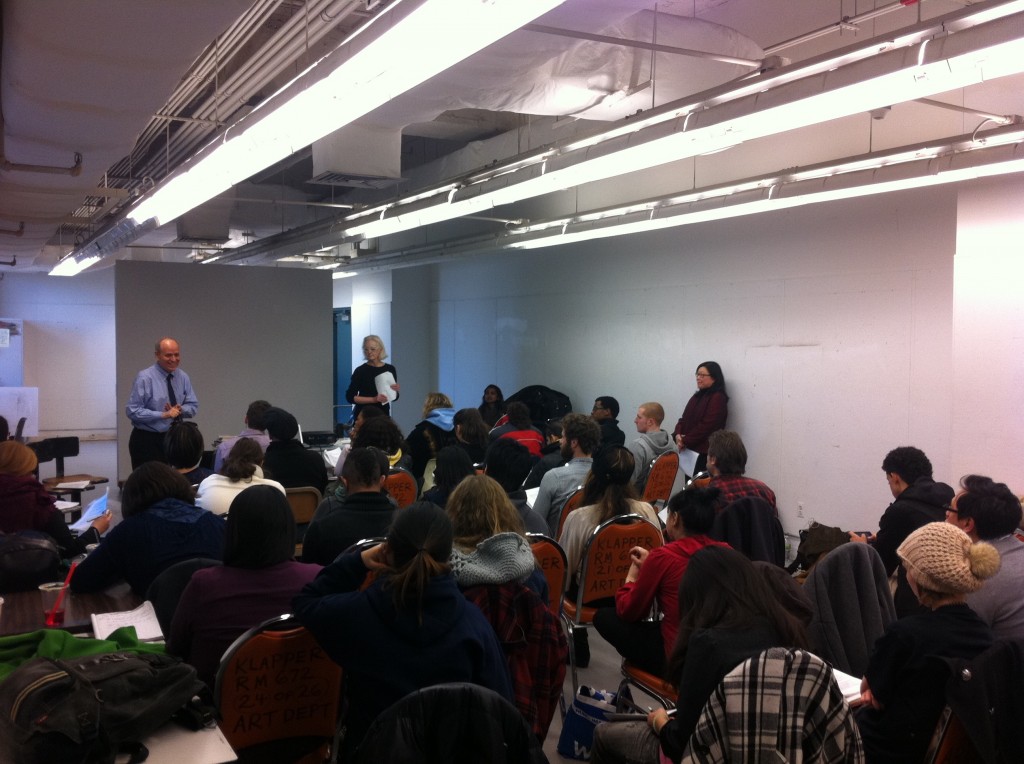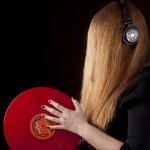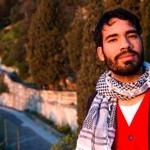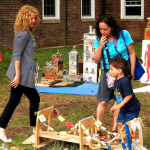Announcing the 2012-2013 Corona Studio Artists: Quillian Riano and Aurash Khawarzad
Aurash and Quillian will seek to activate Corona Plaza, as it enters its new pedestrianized phase this summer. A key element of their projects will be to go beyond design workshops and into citizen journalism, skill-sharing, and other elements that foster thoughtful public involvement, activism, and analysis. Furthermore, the installations and programs that result will maximize use and understanding of the space by being temporary and interactive. The project will provide important data for how the space can be used and redesigned in the coming years.
Quillian Riano
Quillian is a designer, writer, and educator currently working out of Brooklyn, New York. He founded and provides the vision for DSGN AGNC. He also collaborates on a variety of architectural design and research projects with other groups, including the non-profit Architecture 2030, Estudio Teddy Cruz, Archinect, Places Journal, #lgnlgn, Harvard University, and Parsons The New School for Design. The projects he works on cross disciplinary boundaries and are located in Africa, Europe and North, Central and South America. He was born in Bogota, Colombia and received his Masters of Architecture at
Harvard University’s Graduate School of Design.
Aurash Khawarzad

Aurash is the founder of Change Administration, a studio for urban planning, urban design, and action. For the past 7 years Aurash has been working in urban planning at planning agencies in Fairfax County, VA, the non-profit Project for Public Spaces, and has co-founded the action-planning collective DoTank. He has recently exhibited work in the US Pavilion at the 2012 Venice Architecture Biennale, 2012 Chilean Architecture Bienal, and the Urban Prototyping Festival in San Francisco, along with teaching a summer studio course at the Strelka Institute for Architecture, Media, and Design. He is also part-time faculty within the Integrated Design Program at Parson’s the New School for Design. Aurash has a BS in urban studies from Virginia Commonwealth University, and an MS in urban and regional planning from Virginia Tech University.

